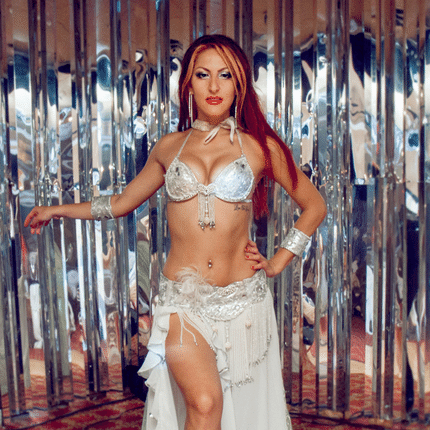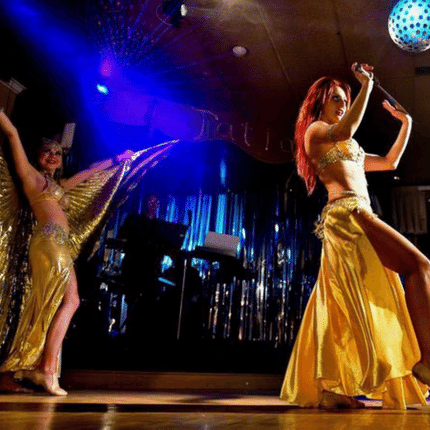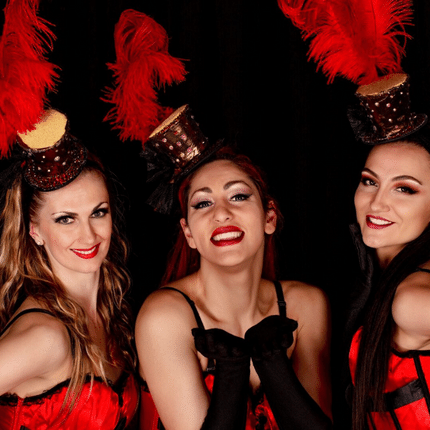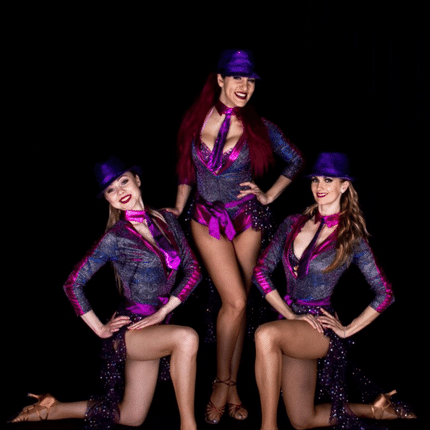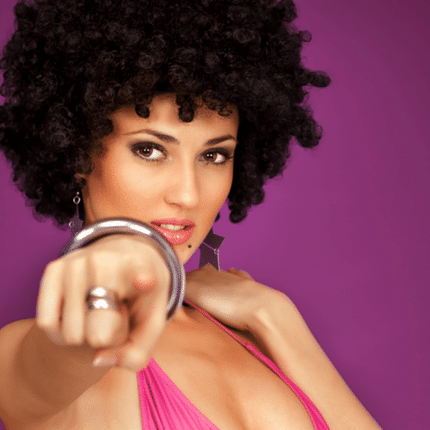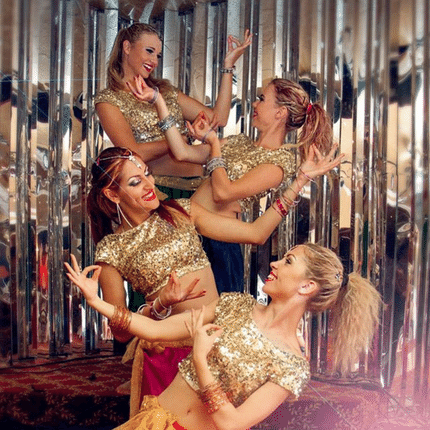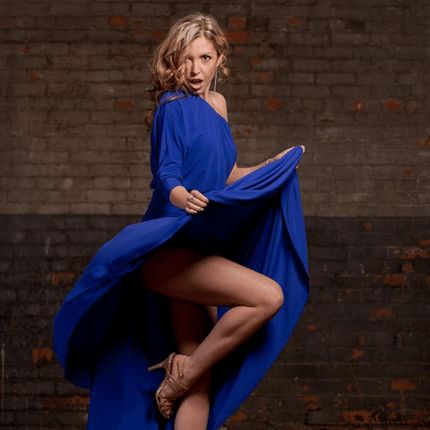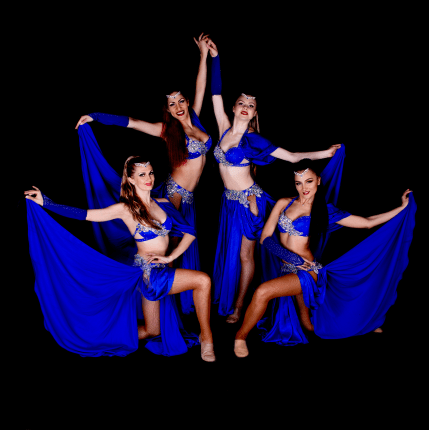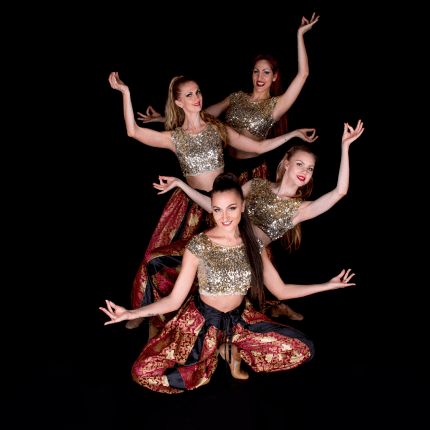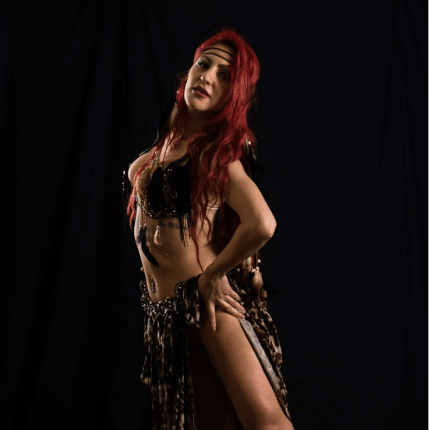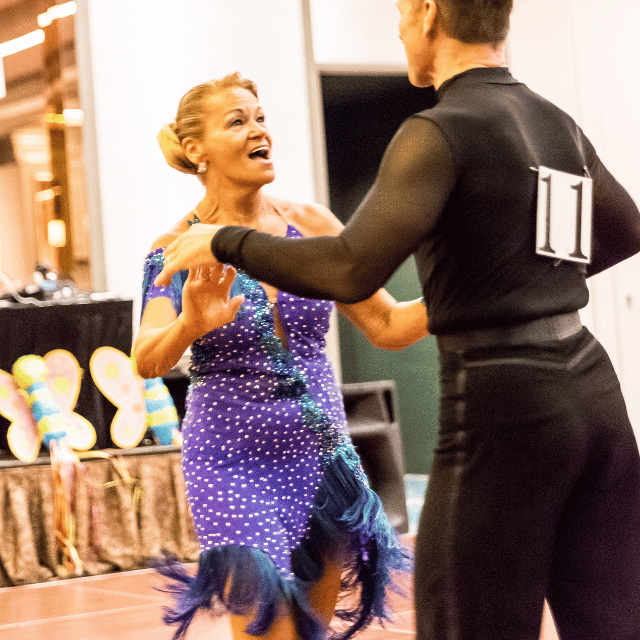Oriental dances: history and legends of the Arab countries.
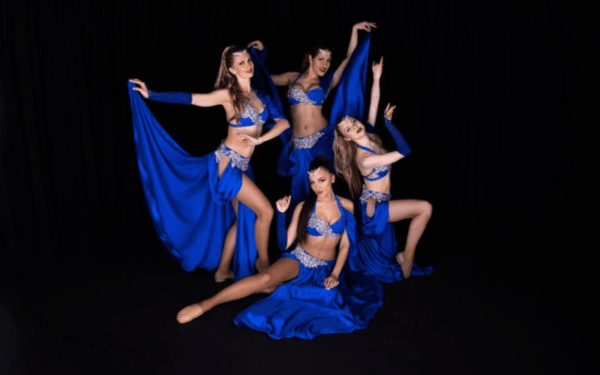
The history of oriental dances: from ritual to exotic
The first mention of the Bellydance dance was found in the ancient temples of Egypt. Proof of that is preserved frescoes on ancient temples’ walls; similar images have been found in Mesopotamia, the oldest civilization. The frescoes are over 3000 years old.
It is impossible to find the origins and exact information about the origins of dance after three millennia, making the style more mysterious. It is filled with legends. One of them says that initially, the dance served as a ritual and helped relieve birth pains. Women surrounded the woman in labour and made characteristic movements with their hips, driving away evil spirits from the newborn.
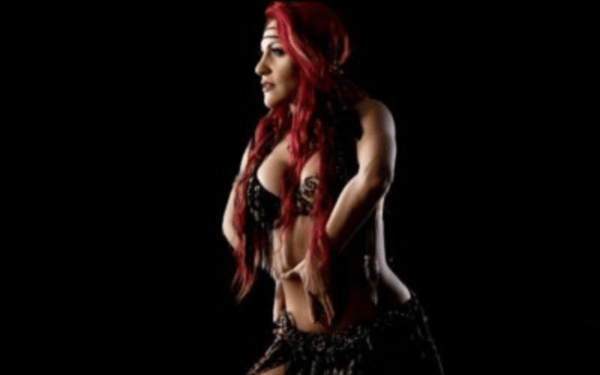
A little later, Bellydance was found in rituals associated with the cult of the Goddess of Fertility. In those days, the land for the inhabitants of the Arab countries was practically the only food source. So to get a harvest, priestesses in the temples performed a belly dance associated with the birth of a new life.
The entire Middle East and its surroundings were under the spell of this sensual dance. Over time, the style changed its form and meaning: from a ritual dance; it became folklore or folk dance. Each ethnic group that was part of the region brought something of its own to the dancers’ movements. Hundreds of folk dances, the source of which was the oriental style. Two points unite them: the performer is a woman, and the main elements are the movements of the hips and abdomen.
European merchants around the 16th century also appreciated the seductive dances of oriental beauties. At this time, the country became part of the Ottoman Empire, which allowed the inhabitants of the Old World to visit it fearlessly.
HIRE FEMALE DANCERS: INCREDIBLE ENTERTAINMENT
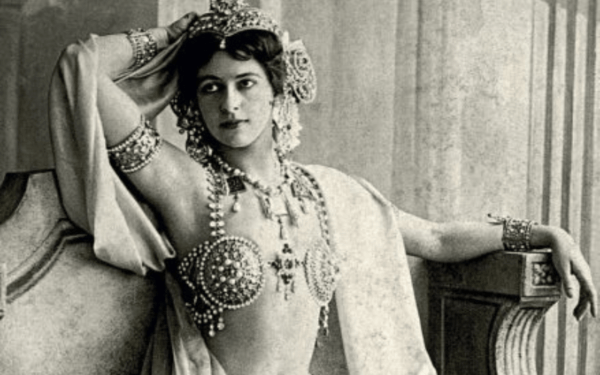
Europeans adopted Arab traditions, but Mata Hari was the one who helped them spread throughout the continent in the middle of the 19th century. She stated that she was performing Indian ritual dances. This aroused great interest in oriental art. In 1889, the first show was held in Paris, where Arab women performed belly dance. 4 years after this event, the movements of oriental beauties were already enjoyed in Chicago thanks to Saul Bloom. Since then, Egyptian dancers have ceased to dance only for the home environment – the audience craves their mesmerizing performances.
The attitude towards dance is also changing in Cairo, which by the 20th century was becoming a major city. Badia Mansabni, a dancer of Lebanese origin, played a significant role in this process. She opened a nightclub in the Egyptian capital in the style of a European cabaret. Oriental dances have become a part of concert performances and not just a domestic hobby of Arab beauties. Moreover, Badia attracted European choreographers to train girls. Teachers combined oriental style movements with other forms, creating a unique dance school.

But not only did the opening of nightclubs help Egypt become the center of oriental dance. In the 40s of the XX century, musicals became very popular, and music, dance scenes and Arab culture played the leading role. At the same time, Egyptian filmmakers looked to European and American films for inspiration. The merge of cultures in art led to the popularity of the Egyptian school of dance worldwide.
In the 90s, Egypt ceased to be the center of the Arabic dance style. The wave of wealthy tourists has dwindled, leading to the closure of nightclubs. In addition, Muslim extremists who have appeared in the country have banned women from dancing in public. On the contrary, the style began to develop in Turkey and Lebanon.
Bellydance dance does not cease to excite modern women. Age and country do not matter. It is enough to see the graceful swaying of the hips once to have a desire to master this art. It is difficult to say how many oriental dance schools are open worldwide. But, given the interest in this form, one thing is sure: their number will only grow.
Interesting fact:
Bellydance is a term maid to spread the style in the United States.


